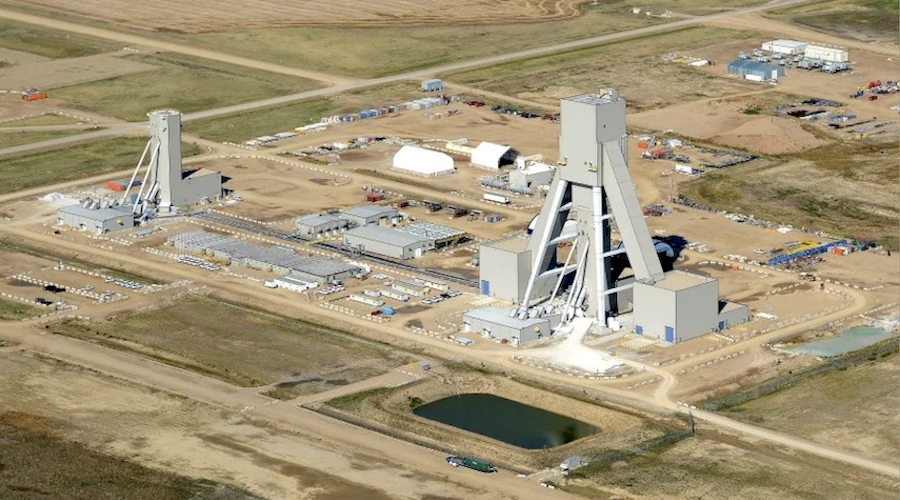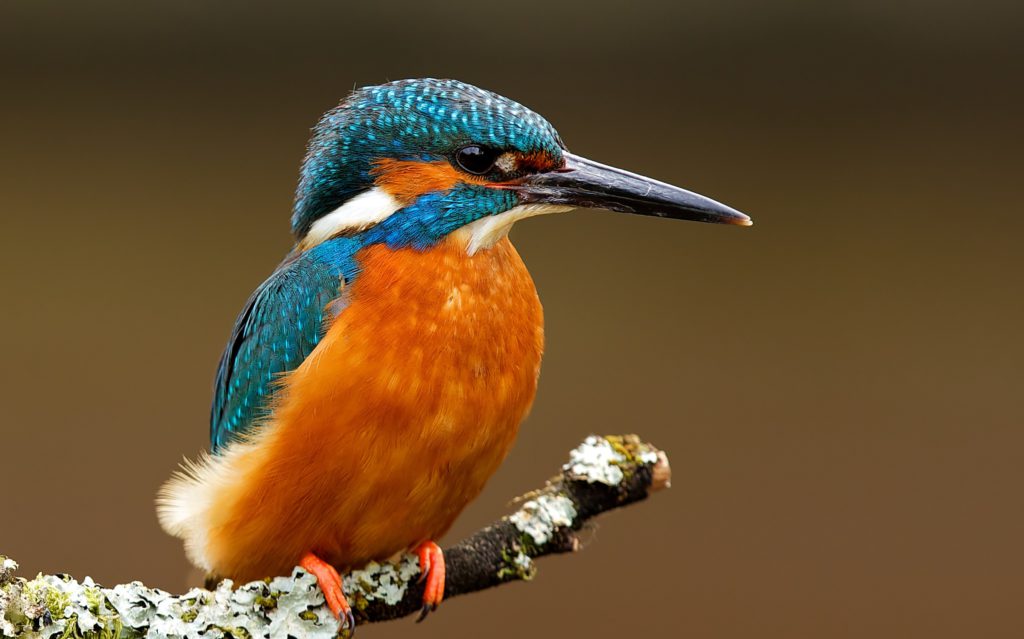Steven Chase - The Globe and Mail | October 31, 2023 |

Graphite Creek project in Alaska. Photo by Graphite One.
The U.S. ambassador to Canada David Cohen says the shift to clean energy from fossil fuels by Canadian and American governments will succeed or fail depending on whether they can obtain a sufficient supply of critical minerals to make electric vehicle batteries.

Both countries need to build up their mining and refining, and battery making capacity quickly.
“We need to help each other to make this possible – to drive demand for electric vehicles, to help fund critical mineral mines, and to move manufacturing, refining, and mining back to North America, in a responsible way. The United States and Canada are investing billions to make all that happen,” Mr. Cohen told the Canadian Club of Ottawa in a speech Tuesday.
As it stands, he said, China has an unusually large presence in the critical minerals business.
“We’re too reliant on too few, geopolitically unreliable countries,” the envoy said. I don’t need to remind you of what happens when the supply chain breaks down. We lived through that during the pandemic and nobody wants to live through that again.”
He framed the the enormity of the challenge.
“I suspect everyone in this room knows we have a problem. Simply put, we don’t have enough of these minerals today to meet the world’s – and our own – growing demand,” Mr. Cohen said. “Our current supply chain for these minerals – from extraction to production to recycling – is simply not diverse enough for the future that’s coming.”
Demand for critical minerals to make electric vehicle batteries will skyrocket in the years ahead.
He noted the International Energy Agency forecast that demand for most minerals essential to the clean energy transition will increase four to six times over the next decade and a half. “For some minerals, the increase will be exponential. By 2040, graphite demand, for example, will increase by 25 times, and the demand for lithium by 42 times,” Mr. Cohen said.
“As it stands today, China plays an outsized role in the critical minerals industry at every step along the supply chain. This is particularly true when it comes to mining and refining,” the U.S. envoy said.
According to a 2022 Brookings Institution report, China refines 68% of all nickel globally, 40% of copper, 59% lithium, and 73% of cobalt. China also accounts for most global production of mineral-rich components for battery cells.
“Most significantly, China holds 78% of the world’s cell manufacturing capacity for electric vehicle batteries, which are essential for a transition to electric batteries as we try and wean ourselves off of fossil fuels,” Mr. Cohen said.
“Given the current state of play, the status quo will not provide the energy security that Canada, the United States or our democratic friends and allies need for our cleaner energy future.”
He said the U.S and Canada and allies have “woke up to the problem” and legislation such as the 2022 Inflation Reduction Act. The measure offered billions of dollars in incentives to battery-makers and credits for electric vehicles that the legislation says “are extracted or processed in any country with which the United States has a free-trade agreement.”
Now, he said, the U.S. and Canada are trying resolve the problem and “investing billions” to make it happen.
Mr. Cohen said the Inflation Reduction Act and other measures such as the 2021 Bipartisan Infrastructure Law are strengthening regional supply chains, “which are the lifeblood of our economies.”
He said Canadian companies are also benefiting from these funding and investment opportunities, citing the example of Graphite One was awarded $37.5-million from the U.S. Department of Defense under the Defense Production Act to support the development of its graphite mine in Alaska.
As well, he said, at least three Canadian companies stand to benefit from an Oct. 13 announcement by U.S. President Joe Biden to award seven regional clean hydrogen hubs have been selected to receive $7-billion in Bipartisan Infrastructure Law funding to accelerate the move to low-cost, clean hydrogen. Mr. Cohen noted that Enbridge is participating in the Mid-Atlantic Hub, TC Energy in the Heartland Hub, and AltaGas in the Pacific Northwest Hub.
Mr. Cohen celebrated the Canada-United States relationship, saying both countries were at the forefront of efforts to support Ukraine, under invasion Russia, as well as Israel, which was attacked by Hamas in October.
“We’re leading a coalition of the world’s democracies to support Ukraine – and now to support Israel as well,” the envoy said.
He said the two countries are not only bound together by important treaties, such as the United States-Mexico-Canada Agreement, but also by economic relations.
“We’re tied together by trade: a truly incredible C$3.25-billion-plus in goods and services cross our shared border each day, generating or supporting millions of jobs in both of our countries,” he said.
“This makes Canada the number one trading partner for the United States – and it makes the United States the number one trading partner for Canada. In addition, more than 30 U.S. states count Canada as their number one export






